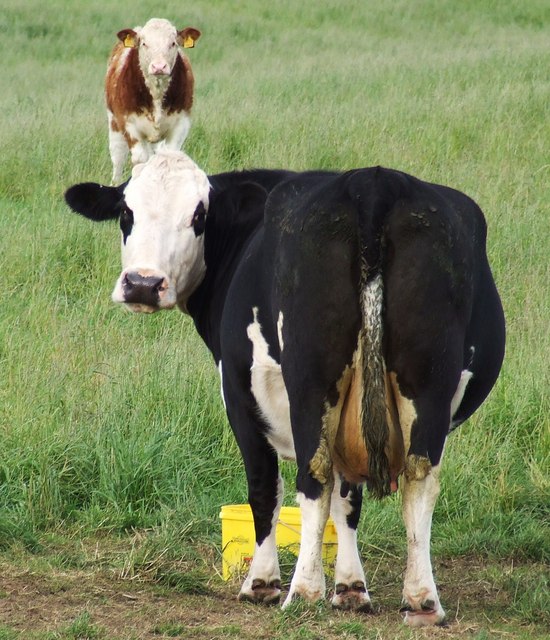
Food and Agriculture Organisation says farmers can slash emissions merely by adopting better methods
Greenhouse gas emissions from livestock could be cut by up to 30% if farmers adopt better techniques without having to overhaul entire production systems, according to a study released on Thursday by the UN Food and Agriculture Organisation (FAO).
The FAO said emissions associated with livestock added up to 7.1 gigatonnes (GT) of carbon dioxide equivalent (CO2-eq) per year – or 14.5% of all human-caused greenhouse releases, slightly less than its controversial estimate in 2006.
In its highly influential report seven years ago, Livestock’s Long Shadow, the FAO said global meat production was responsible for 18% of greenhouse gas emissions – a little more than all of the world’s cars, trains and planes combined. Environmentalists and, in particular, vegetarian advocacy groups have cited the figure ever since as a key reason to reduce meat consumption.
FAO experts said the new figure was based on a revised modelling framework and updated data, using new guidelines from the Intergovernmental Panel on Climate Change (IPCC), which unveils its report on Friday. “The absolute volume of emissions is very similar to 2006, even with the revised framework,” said Pierre Gerber, senior policy officer with the FAO.
To arrive at its estimates, the FAO carried out detailed analysis of emissions at different stages of various livestock supply chains, including the production and transport of animal feed, on-farm energy use, and emissions from animal digestion and manure decay, as well as post-slaughter transport, refrigeration and packaging of animal products.
The latest report, Tackling climate change through livestock, said the main sources of emissions are: feed production and processing (45% of the total), outputs of greenhouse gases during digestion by cows (39%), and manure decomposition (10%). The remainder is attributable to the processing and transportation of animal products.
“These new findings show that the potential to improve the sector’s environmental performance is significant – and that realising that potential is indeed doable,” said Ren Wang, FAO assistant director general for agriculture and consumer protection. “These efficiency gains can be achieved by improving practices, and don’t necessitate changing production systems. But we need political will, better policies and most importantly, joint action.”
The report emphasised that improvements can be made within existing production systems. There is no need to shift from backyard to industrial livestock farming, for example. The report called for wider adoption of best practices and technologies in feeding, health and husbandry, and manure management – as well as greater use of underused technologies such as biogas generators and energy-saving devices – could help the global livestock sector cut its outputs of global warming gases by up to 30% by becoming more efficient and reducing energy waste.
Specifically, the FAO said better-quality feed, improved breeding and good animal health helped to shrink the unproductive part of the herd. Many of the actions the FAO recommended to improve efficiency and reduce greenhouse gas emissions would also boost production. This would provide people with more food and higher incomes. Livestock rearing supports hundreds of millions of people and represents an increasingly important source of protein in many regions that have long struggled with chronic hunger and malnutrition.
With world demand for livestock products continuing to grow strongly in almost all poor countries, said Wang, “it is imperative that the sector starts working now to achieve these reductions, to help offset the increases in overall emissions that future growth in livestock production will entail”.
The greatest potential for cuts in emissions are in low-productivity livestock systems in south Asia, Latin America and Africa. However, in developed countries, where emission intensities are relatively low but the overall volume of production and therefore emissions is high, the FAO said even small decreases in intensity could add up to significant gains.
This is the case, for example, for dairy farming in Europe and North America, and for pork raising in east Asia. Cattle-raising contributes 65% of the livestock sector’s total greenhouse gas emissions, but also offers the largest potential for reductions.
In developing countries, the FAO urged governments to pursue policies to encourage poorer and risk-averse farmers to adopt measures that would mean spending money upfront. “The provision of microfinance schemes can be effective to support the adoption of new technologies and practices by small-scale farmers,” said the FAO. “Where the adoption of technologies and practices are costly for farmers in the short or medium term, but provide large mitigation benefits, abatement subsidies should be envisaged.”
Related articles








